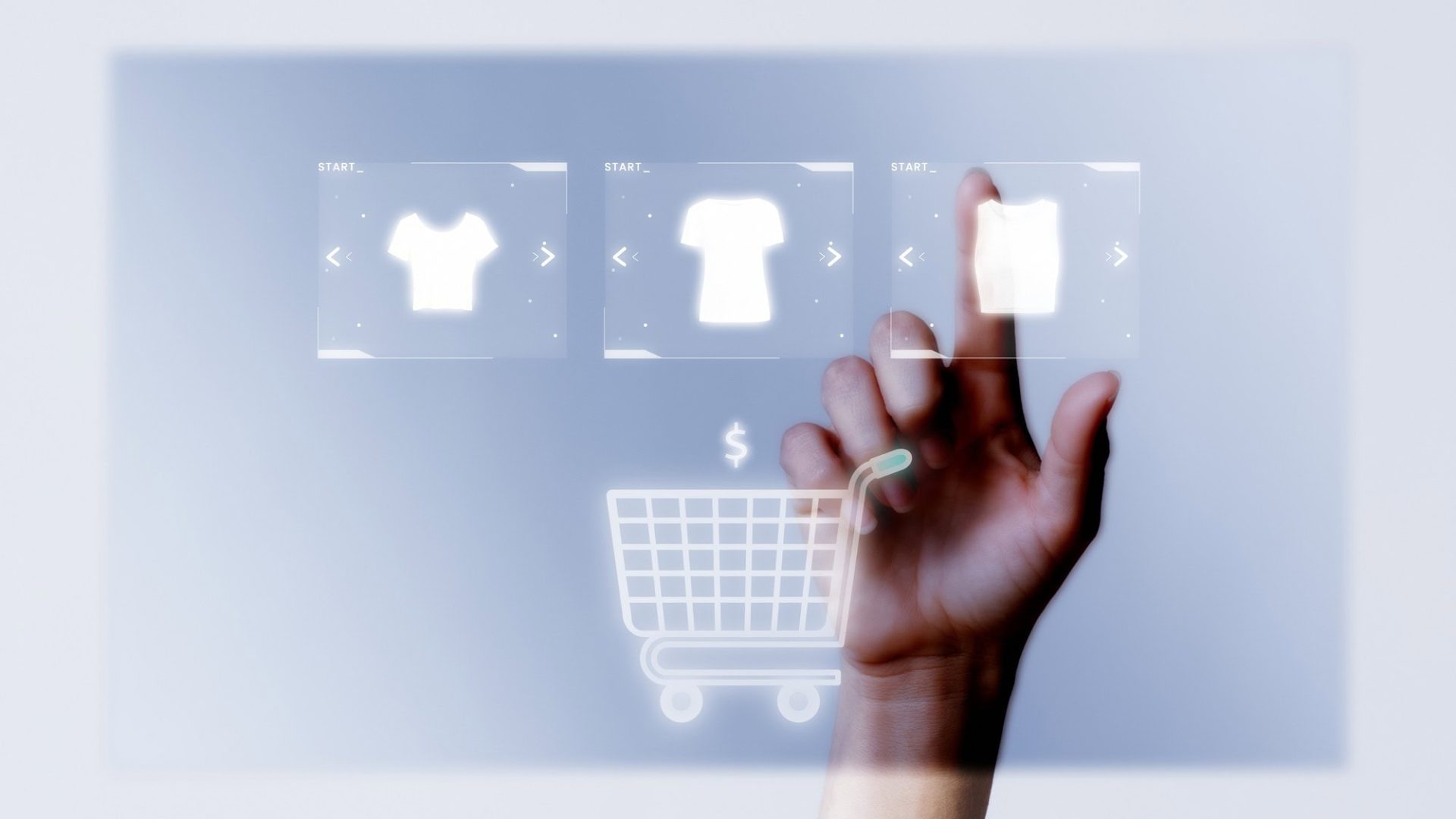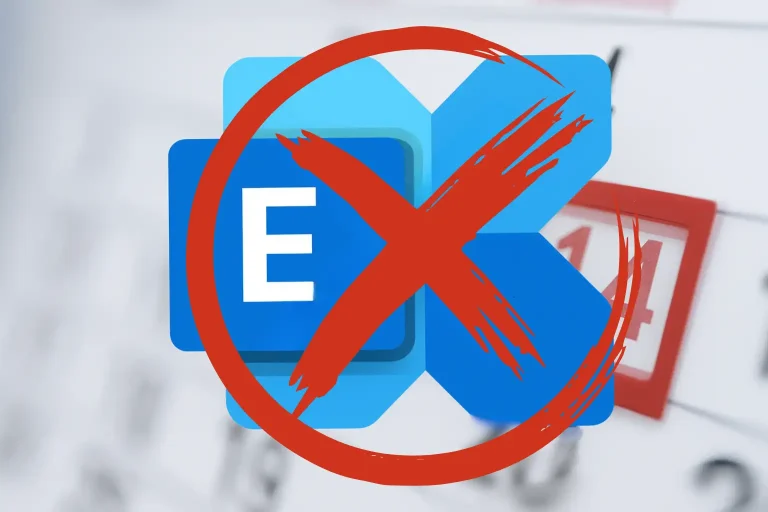Want to open your own online store, but don't know where to start? Want to learn how to start selling online? In this guide, you'll learn everything from sales models, through recipes and shipping, to the latest trends. Learn how to create a profitable e-commerce step by step.
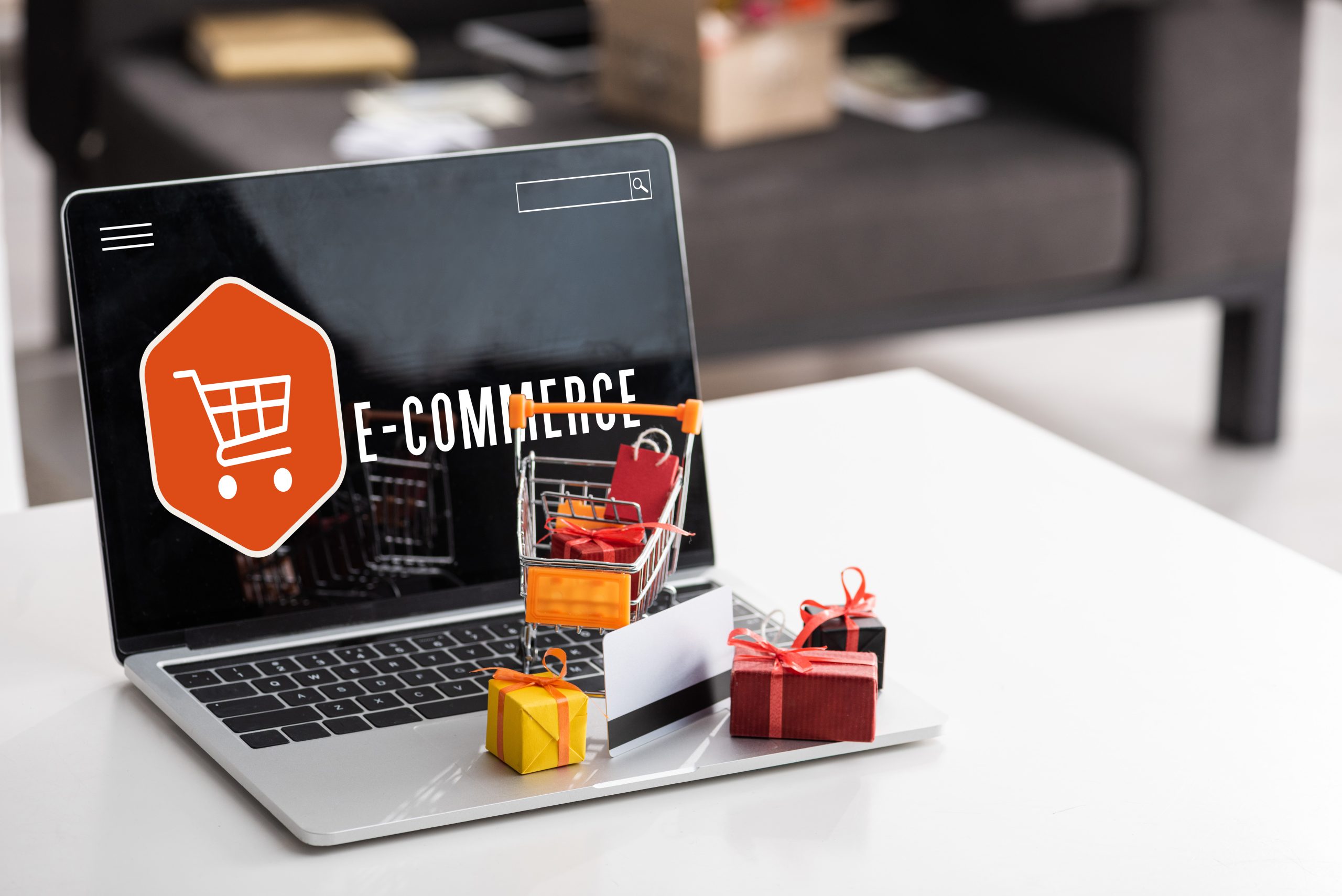
What is e-commerce?
E-commerce (e-commerce) is the sale of products or services via the Internet. It can include both online stores and sales in social media, on platforms such as Allegro, Amazon or OLX.
The history of e-commerce dates back to the 90s, but the real breakthrough came during the COVID-19 pandemic. In 2020-2021, during the lockdowns, many companies moved their operations online, and the number of consumers shopping online increased dramatically. Since then, e-commerce has become the norm, not an option.
In Poland, the e-commerce market is developing dynamically. According to data from 2024, more than 77% internet users in Poland shop online, and the value of the entire market has exceeded 130 billion zlotysMore and more small businesses and individuals are deciding to start their own online store or selling through marketplace platforms. Read on to learn how to start selling online, from e-commerce models to legal regulations.
Why is it worth getting into online sales?
- • Low entry threshold – starting an e-commerce business doesn’t require a lot of investment. You can even start without a warehouse, using dropshipping.
- • Wide coverage – e-commerce allows you to reach customers from all over Poland, as well as from abroad. Thanks to online advertising, you can precisely target your audience.
- • Process automation – order processing, invoicing, marketing automation and integration with courier companies simplify running a business.
- • Flexibility – you can run e-commerce as an additional source of income or turn it into a full-fledged business.
According to PARP reports, in 2023 as many as 25% new companies in Poland was created in the e-commerce or online services sector.

E-commerce models – which one to choose?
The choice of model depends on your resources, experience and business idea. The most popular models are:
- • B2C (Business to Consumer) – a classic online store offering products to individual customers. The most common model.
- • B2B (Business to Business) – wholesale between companies, e.g. manufacturer – retailer.
- • Dropshipping – You do the sales and marketing, and the wholesaler ships the goods. Low start-up costs, but less control over quality and logistics.
- • Print on Demand – printing on demand (e.g. printed T-shirts), ideal for the creative industry.
- • Marketplace – selling on ready-made platforms (Allegro, Amazon, Etsy), which allows you to bypass the cost of building your own store.
In Poland, Allegro still dominates with over 20 million registered users, making it a great starting point for beginner sellers.
How to Start Selling Online: Step by Step
- Choose your industry and niche – it is best to choose a topic that you are familiar with or that is undervalued on the market.
- Register your business – this can be done online via CEIDG in 15 minutes.
- Create an online store or account on Allegro/Amazon.
- Take care of your visual identification – logo, colors, consistent style build trust.
- Create unique product descriptions – avoid copying content from competitors.
- Configure your payment system (Przelewy24, PayU, Tpay, Stripe, PayPal).
- Set delivery options – courier, parcel locker, personal pickup.
- Take care of your documents – regulations, privacy policy, information about returns.
- Promote your store – SEO, social media, paid advertising.
Choosing an e-commerce platform
E-commerce platform is the foundation of your store. The most popular options in 2025:
- • Shopify – intuitive, quick to configure, good for beginners. Monthly cost from approx. PLN 100.
- • WooCommerce (WordPress) – flexible and free plugin, perfect for bloggers or technical people.
- • Shoper, Sky-Shop, Shoplo – Polish solutions with good support and integrations.
- • Prestashop / Magento – more advanced options require more technical knowledge.
- • Marketplace (Allegro, Amazon, Etsy) – a great choice to start with, especially for selling handmade or finished products.
The choice depends on your budget, scale of activity and technical skills



Shipping and Logistics – How Does It Work?
Shipping is one of the key elements in e-commerce. You have two main options:
- • Self-shipping – e.g. from home or warehouse, popular when the number of orders is small.
- • Fulfillment – a logistics company stores and ships products on your behalf (e.g. Omnipack, InPost Fulfillment).
The most popular courier companies in Poland:
- • InPost (parcel lockers) – leader, over 20,000 collection points.
- • DPD, DHL, GLS, FedEx – classic courier companies.
Establish a delivery policy:
- • Costs – free shipping over a certain amount?
- • Time – do you deliver within 24 hours, 48 hours?
- • Returns – who covers the return costs, what is the procedure?
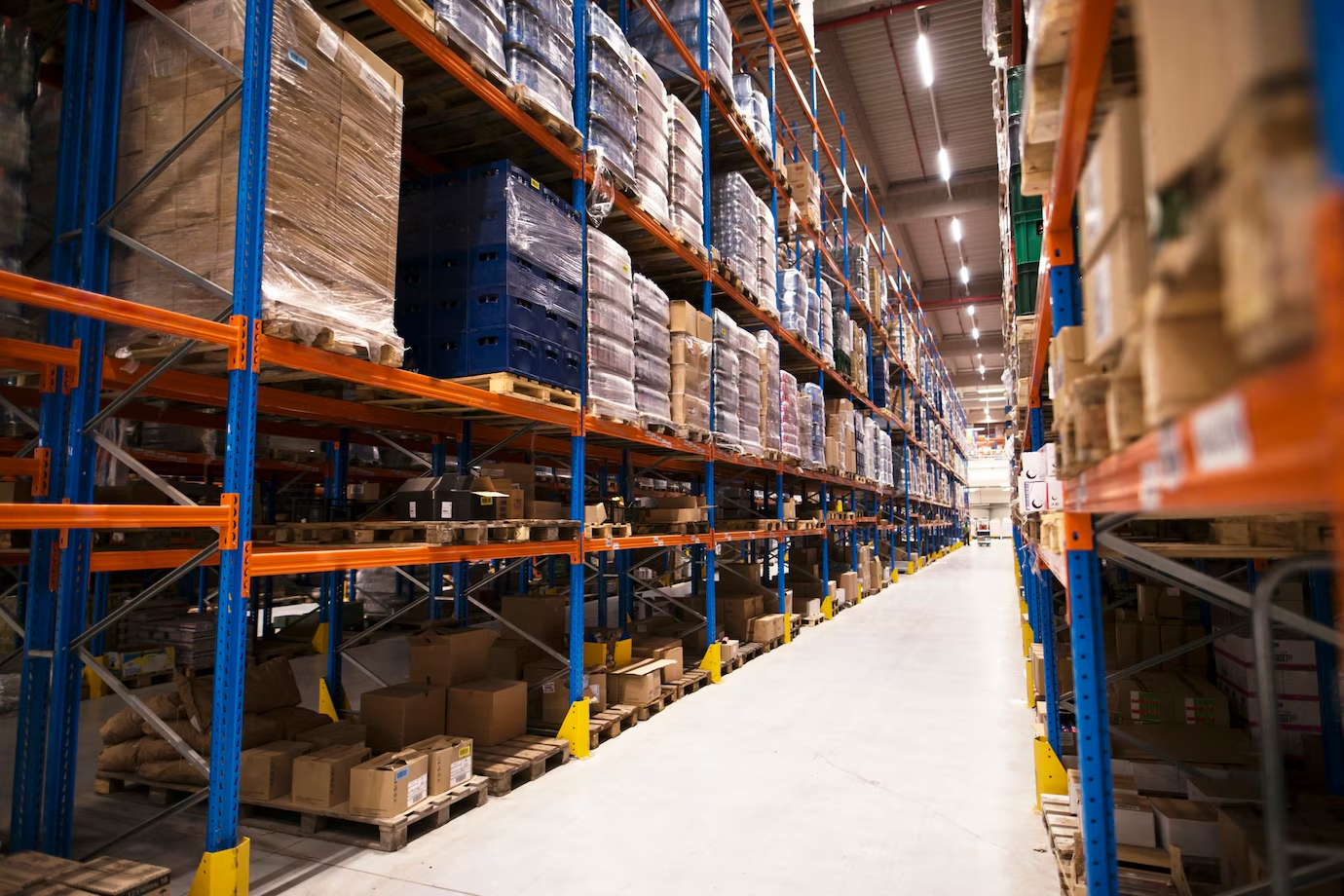
Regulations and formalities – what do you need to know?
Online sales in Poland require several formalities:
- • Business registration – most often as a sole proprietorship (JDG).
- • VAT registration (if your annual turnover exceeds PLN 200,000 or you plan to sell abroad).
- • GDPR – you must protect customer data (e.g. name, address, email, phone number).
- • Store regulations, privacy policy, returns policy.
- • Reporting to the Personal Data Protection Office (if you collect personal data).
- • Sales recording – e.g. integration with an accounting system or fiscalization.
If in doubt, it is worth using the services of an accounting office specializing in e-commerce.
E-commerce trends for 2025
- • AI and automation – intelligent product recommendations, chatbots, personalized newsletters.
- • Mobile first – over 65% of online purchases in Poland are already made via smartphones.
- • Social media shopping – Facebook, Instagram, TikTok are developing their own payment stores.
- • Subscriptions – the subscription model is gaining popularity (e.g. delivery of coffee, cosmetics).
- • Ecological packaging – customers are increasingly paying attention to the ecological aspects of shipments.
- • Live shopping and sales broadcasts – especially popular in the fashion and beauty industry.
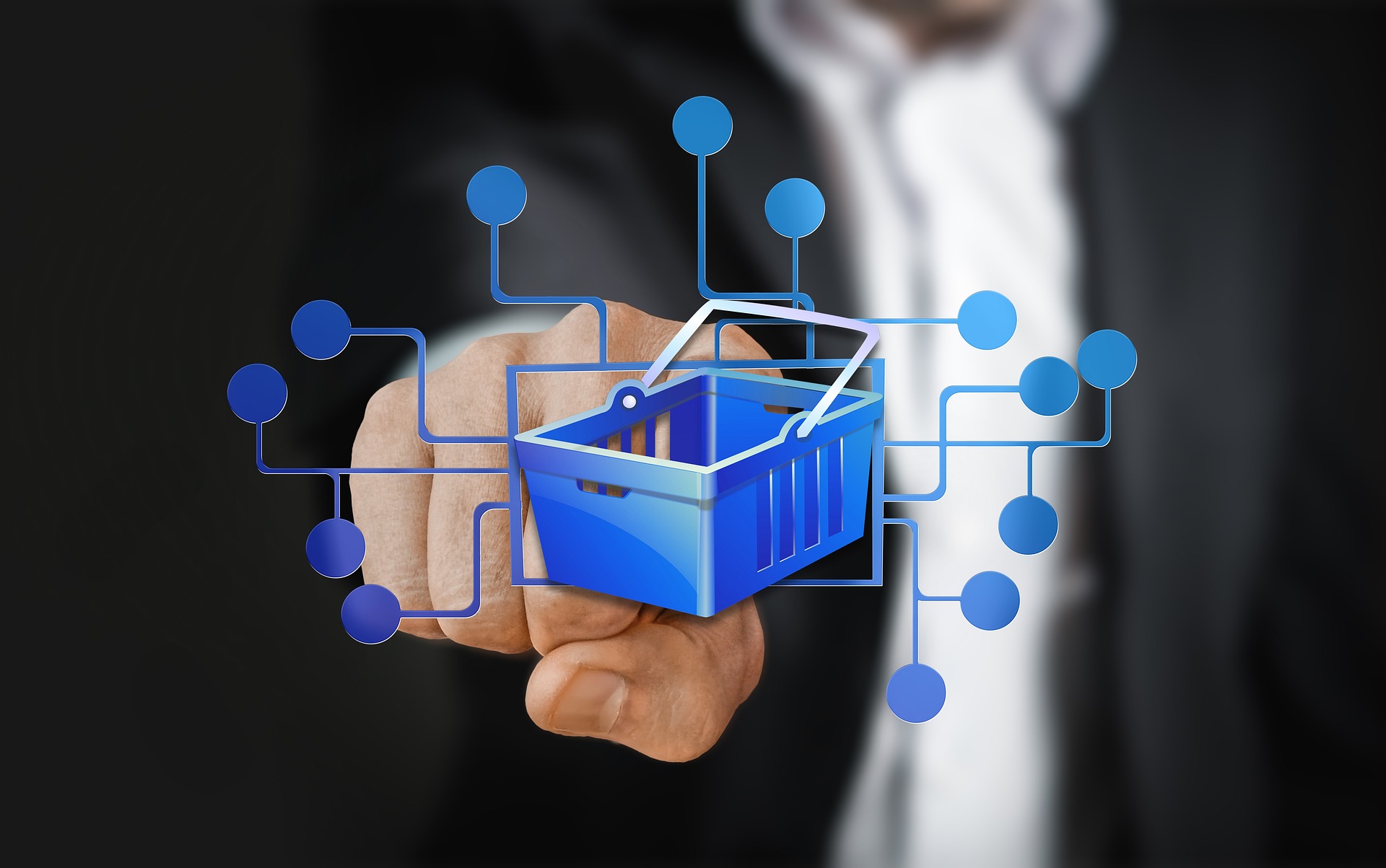
E-commerce is one of the best ways to start a business in Poland today. A low entry threshold, extensive development opportunities, and access to modern tools mean that even someone with no experience can build a profitable business. Internet shop.
In 2025, it’s worth focusing on personalization, customer convenience, mobility, and social media integration. Make sure you have a solid foundation: choose a good business model, plan your logistics, refine your content, and stay up to date with regulations.
Selling Online Doesn't Have to Be Hard - Just Get Started step by step. Now you know how to start selling on the Internet. If you would like help with setting up a website, domain, servers, outsourcing, IT security - contact us and we will introduce appropriate IT standards in your company.

